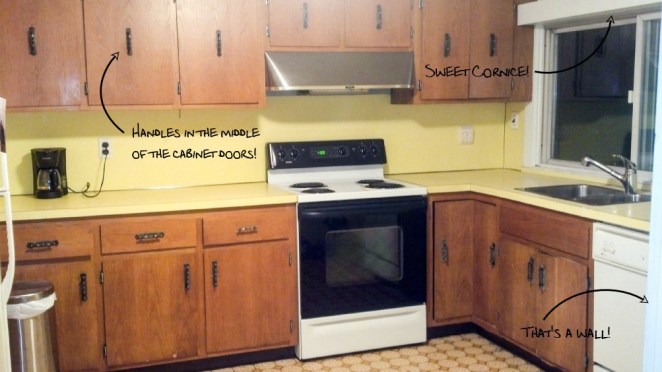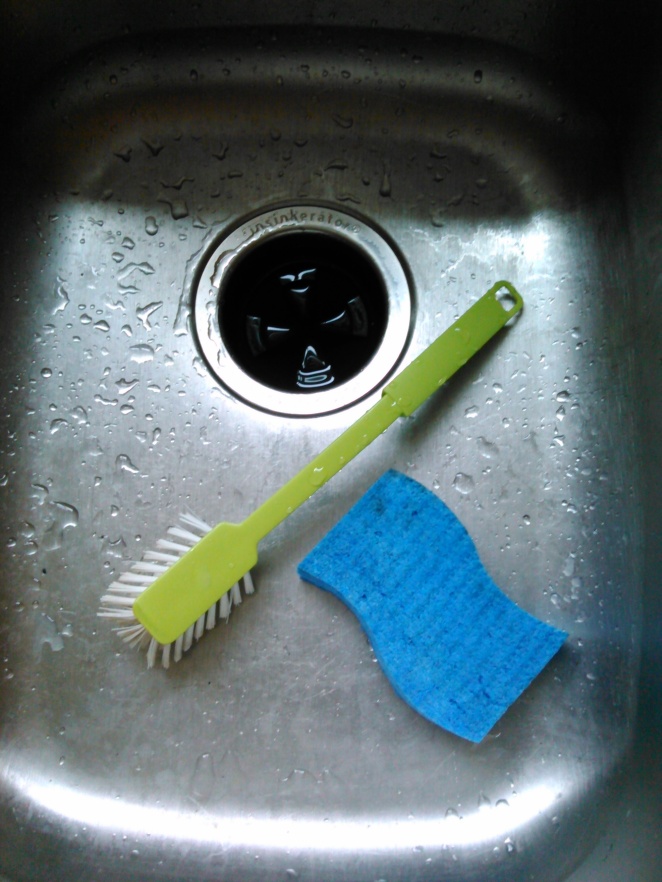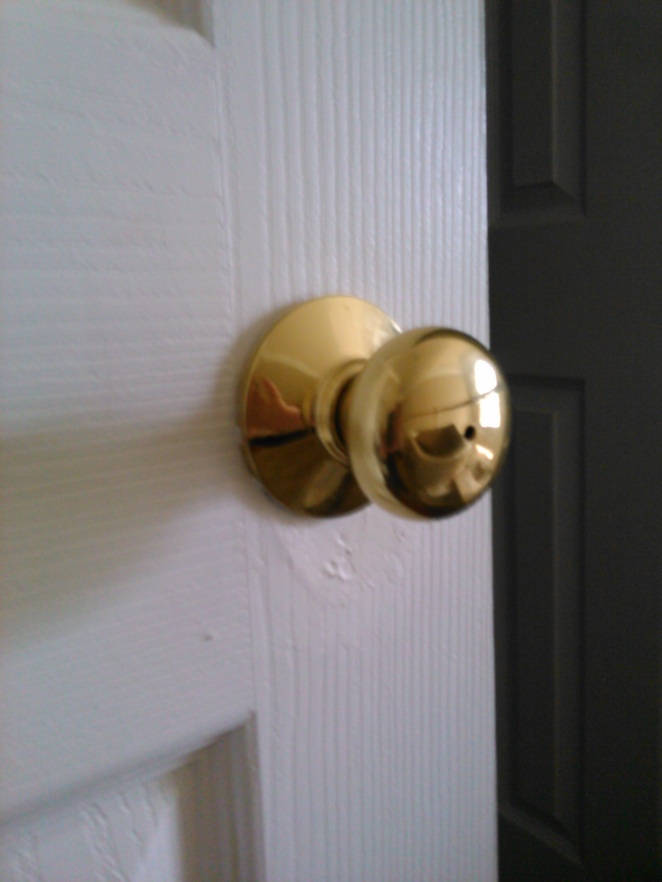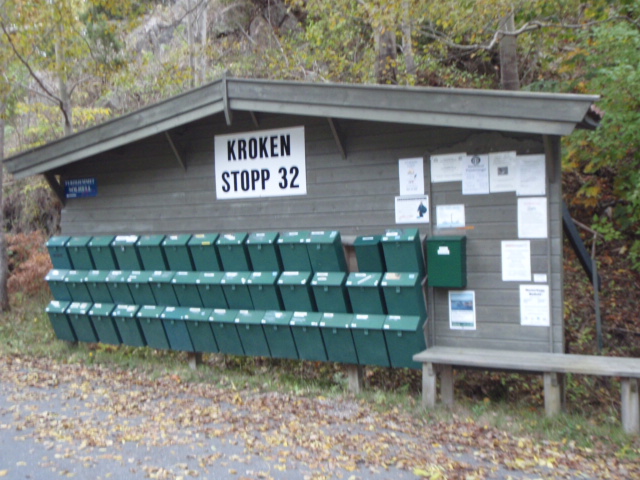The items we surround ourselves with are often so commonplace that we don’t tend to question or even think about how they got to be that way. A trend starts small, gains traction, and suddenly it has become the only choice, the only conceivable shape or form or way of doing something. Some trends go global, and in that case we are all struck with amnesia, unable to remember a different take on the issue, but some are contained within national borders, and in that case they are easier to spot. Here are some everyday American items this Norwegian observer has noticed. And keeps noticing.
Cabinets without pulls or handles
The real estate vernacular has an expression: Builder grade. Anyone who has looked at houses here in this country can immediately picture what anything builder grade looks like. There is a certain type of oak cabinet, seen both in kitchens and bathrooms, which is installed in every newbuilt house – unless it has “upgrades”. These cabinets look the same now as they did 30 years ago, in fact I think they have been around since the 1970s (if not before). The explanation for their ubiquity is, of course, that they are cheap. But what is really odd to me, is that these cabinets mostly are installed without pulls or handles, and odder still: that people tend to leave them that way. In order to open a cabinet door, you have to guess where the hinges are, then you dig your fingertips under the edge of the door on the opposite side of the hinges and pry it open. I usually have longish nails, so this is quite doable, but it is still peculiar. And as someone who likes to properly close doors instead of slamming them shut, I am struggling with the closing part. I mean, to both close the door reasonable quietly and reasonable quickly without jamming your fingertips between the door and the frame because you picked the wrong spot or put your fingers down too far inside the door? Yes. Ouch!
Cabinets with pulls or handles mounted in the center of the door
To this observer, this is odder still. The doors without handles you see versions of even outside the US, although probably not in their widespread oak incarnation, but the center-mounted handle I have never seen anywhere else. To be fair, this is no longer a trend, and probably hasn’t been for a while, but at some point it must have been quite popular. Of course, it is easier to grab the center-mounted handle to open the door than to grapple for the little indent hidden underneath, but seriously?

The sponge
You’d be hard pressed to find a kitchen without a sponge, or more likely several. This is probably true even outside the borders of this country. The peculiar thing seen from the outside, though, is the role of the sponge when washing dishes. An American, at least an American without a dishwasher, will have the water running (and running and running), more likely lukewarm than properly hot, then put some dish soap on their sponge, work up a lather, and wipe the dishes with the sponge under the running water. Then set to dry. Some use the same sponge for wiping counters and for any other kitchen wiping needs, while others will have a different sponge for such use. As someone who learnt how to properly do dishes at school (in 7th grade we all had home-ec, boys and girls, and proper cleaning was part of the curriculum): Hot soapy water, as hot as you could stand, in sink; cleanest dishes to be washed first: Glassware, silverware, plates, bowls, then pots and pans; have a separate bowl or sink with clean water to dip your items and rinse off soap; then dry off with towel and put away. And your tool for this is a brush, so you don’t have to keep your hand in the steaming hot water all the time and don’t have directly handle the food scraps that inevitably end up on – and in – the sponge.

I don’t have to think very hard or long to decide which of these is the more hygienic practice, but I do see the convenience of the sponge-washing-up-system for college dorms and places where you might have just a place setting to wash. I guess the habit just spread.
The round doorknobs
These days there is some more variety in the doorknob department, but at some point all American doorknobs would have been round knobs. While these are perfectly okay to look at, I am still mystified by the sheer dominance this design has had. It is not a great choice if you are arthritic or can’t get a good grip, somehow. Our old powder room had a pretty, old, round brass knob that was a little tight, and consequently was impossible to twist open when you had slightly damp hands (which you tend to have after having gone to the bathroom – if you wash your hands, that is…), because your hand would just slide around the knob. No traction. Just. No. Traction. Whatsoever. So there you were.

The toilet flush
In the old days, a European toilet used to have the cistern mounted high up on the wall, and you’d pull a cord to flush. To this day, “to pull the cord” (trekke i snora) or “to pull down” (trekke ned) are the expressions for flushing the toilet in Norwegian. Eventually, as toilet design evolved and the cistern moved down to directly behind the seat, these got replaced with toilets that had either a pull or a push-button on the top center of the cistern, but the placement was always the same. Actually, first the trend was the pull up knob, which is a funny little linguistic paradox, as you literally had to pull up to pull down, but now it seems these are mostly replaced by push buttons, so reality caught up with language, in a way. In the US, however, everybody seemed to agree on a design where you have a little lever on the front or the side of the cistern. Nothing wrong with either of these solutions; it is just peculiar how the one design takes over the whole market.
The mailbox
A mainstay of growing up in Norway is reading Donald Duck Magazine. In our house we had bags full of old issues, as they did in most other houses with kids, and the magazines were read and reread until they fell apart. And this is where we first learned about another American mainstay, at least in the suburbs and the exurbs: the mailbox. An oval box on a pole at the end of the driveway. (In Norway you tend to have a rectangular green box with a top-mounted lid, placed next to your front door.) It makes perfect sense, of course, as the American mailman covers much larger distances and therefore drives from house to house in his specially designed mail truck to deliver the mail. In Europe the population pattern tends to be denser, so the mailman would walk, and in rural areas, where the mailman does have to drive, they mount the mailboxes in groups near the bus stop or the milk collection point. But it is still the same rectangular green box.

And then, of course, there is the red flag on the American mailbox, which I love. The whole system of putting you outgoing post in the same box as your mail is delivered in, is brilliant – and then putting your flag up to alert the mailman that he needs to stop to collect, even if there is nothing to deliver. Now THAT is convenient!
(Picture sources: http://www.plasteranddisaster.com (kitchen cabinets) and https://korshavnvel.files.wordpress.com/2011/04/stativ2.jpg (Norwegian mailboxes))
Love your observations, Bente, and agree completely!
LikeLike
Thank you, Linda!
LikeLike